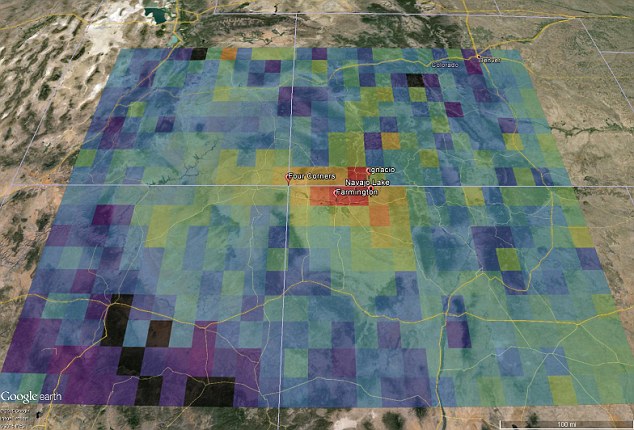Denver – Several research bodies alongside NASA investigators have joined forces to concentrate more into the investigation of an atmospheric anomaly about a methane hotspot. This was discovered over the Four Corners region in southwestern U.S.
The methane hotspot was first spotted by a European Space Agency satellite and has remained a mystery for the longest time possible. The New Mexico Environment Department is one of the major groups at the forefront unraveling this bizarre atmospheric feature.
To conclude the reasons for mysterious methane ‘hotspot’ detected from space, scientists will use both airborne and ground-based instruments. The methane hotspot is said to be the highest concentration that has ever been found anywhere in the world.
The New Mexico Environment Department group will be hosting a forum to discuss the likely consequences to the environment. However, Richard Goodyear from this group has since indicated that new data is emerging slowly, and the same is being monitored.
The observations do not have a substantial basis that can disclose the sources of methane according to NASA. However, scientists are guessing that it could be coming from oil and gas related activities that include mining of coal.
“There is hope that the ground bases and airborne resources being used by the different groups will solve the mystery” says Christian Frankenberg from NASA’s Jet Propulsion Laboratory.
Frankenberg has gone further to state that the combined efforts from both the investigators and scientists will decipher and quantify these methane emissions. This is because the two instruments being used will help in mapping the entire region while the second one will detect the methane sources.
The studies are expected to take one month that will see the researchers track these changes at the same time coordinate efforts that will lead to the eradication of the dangerous methane missions. The missions that have been prevalent since 2003 to 2009 have been described as potentially dangerous to both the environment and the human person.


